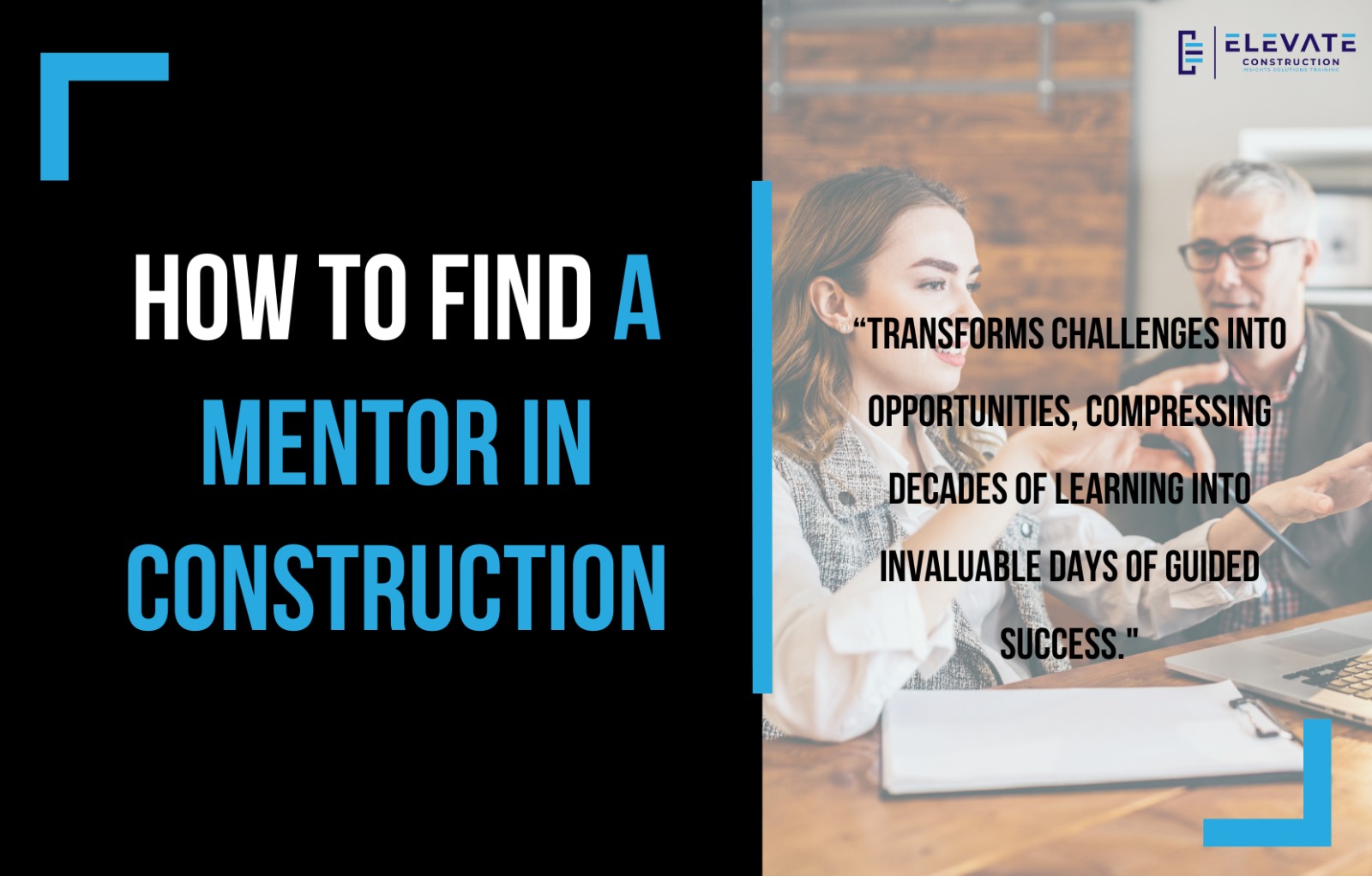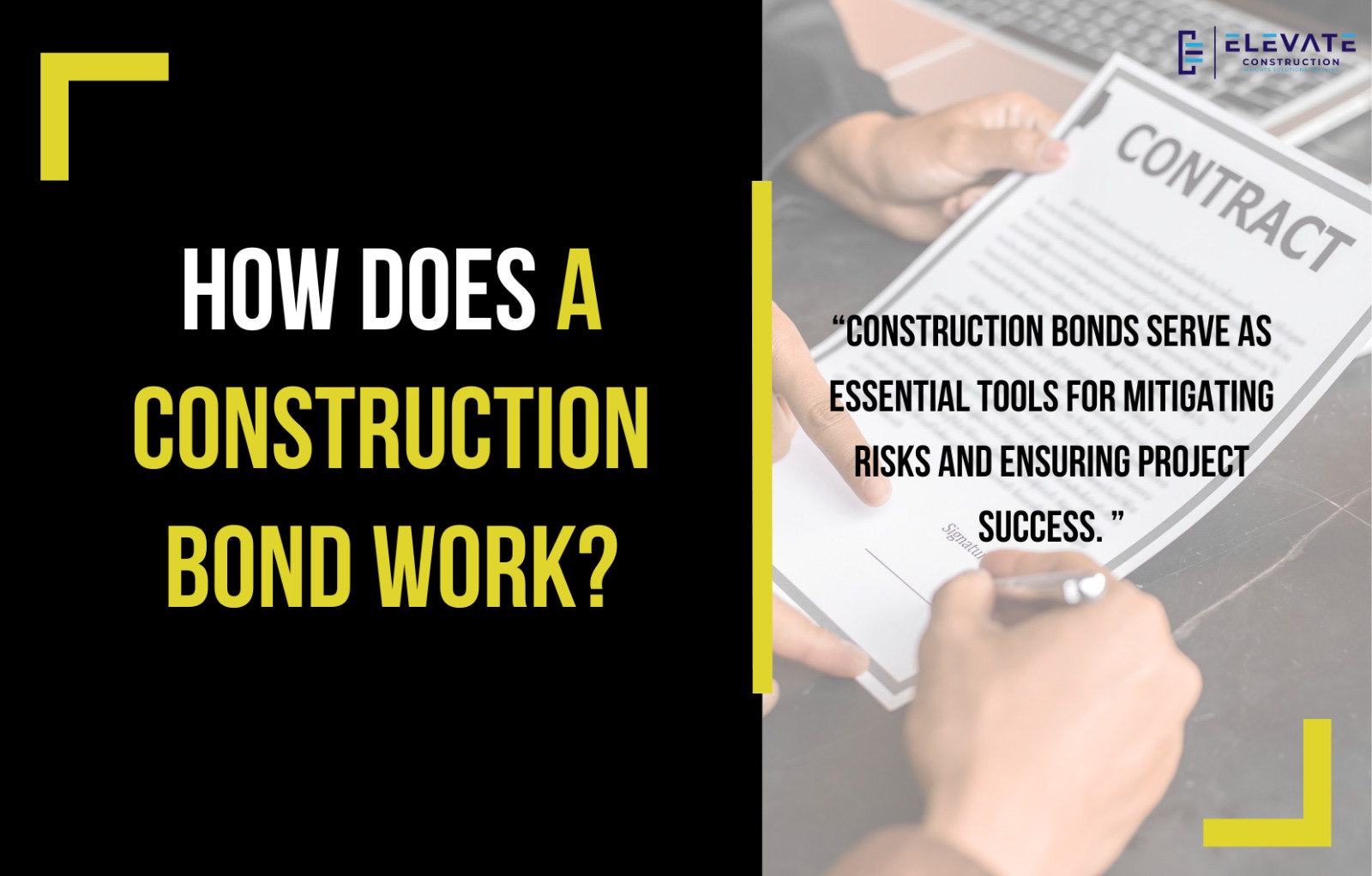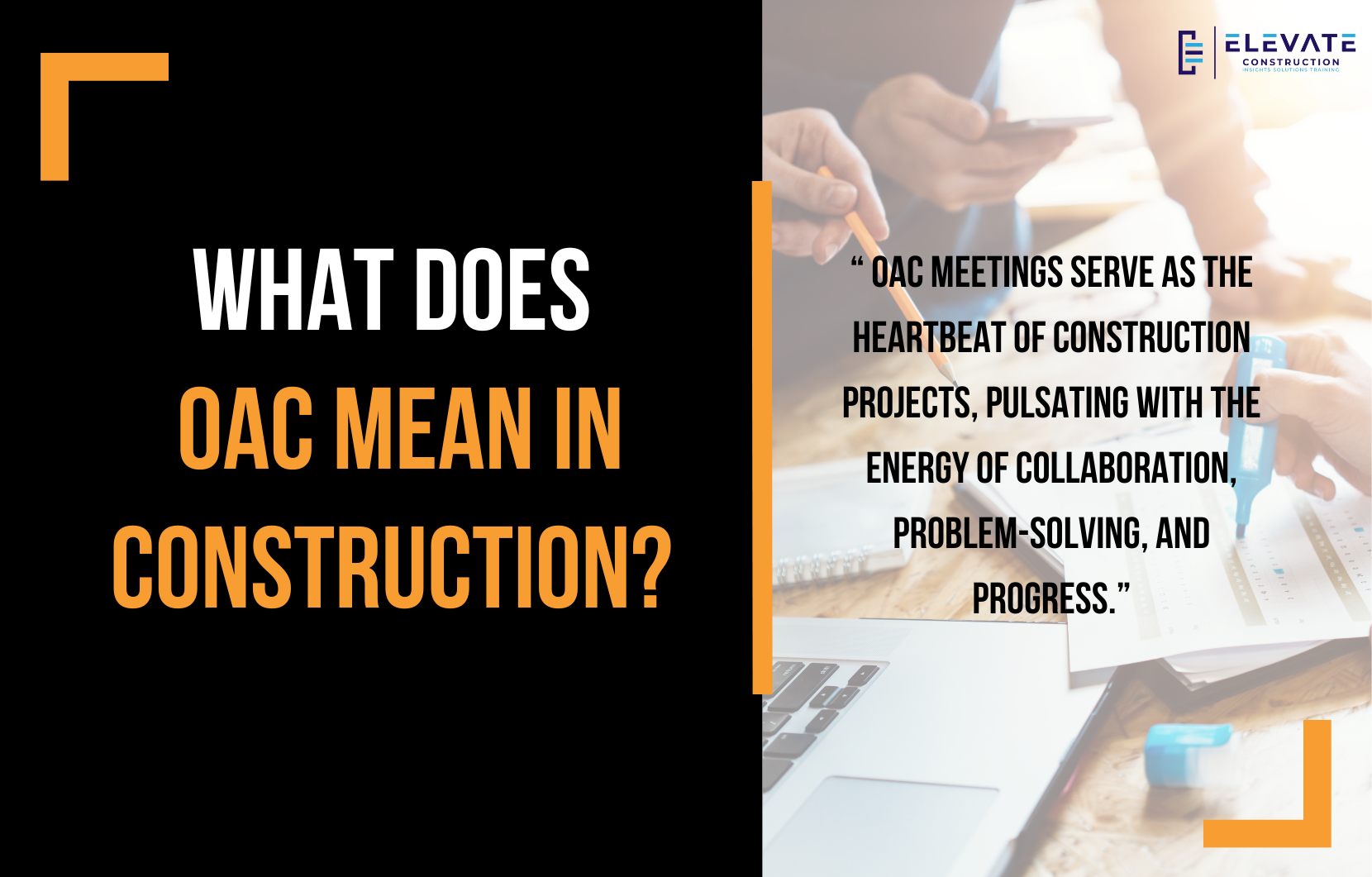In this comprehensive guide , we’ll delve into the intricacies of pursuing a CM degree, exploring its significance, key components, and essential insights to help you navigate through your educational journey and beyond.
The Significance of a Construction Management Degree
Let’s address the burning question: Do you need a construction management degree? While it’s true that a degree may not be an absolute necessity for career progression within the construction industry, it often serves as a crucial entry point for many aspiring professionals. Recruiters often look for candidates with a combination of a CM degree and relevant experience, making it a prerequisite for securing certain roles. However, once you’re immersed in the industry, your ability to excel and advance relies more on continuous learning and skill development than the mere possession of a degree.
Tips for Maximizing Your Learning Experience
As you embark on your CM degree journey, it’s essential to adopt the right mindset towards learning. Avoid falling into the trap of resenting the educational process and instead, cultivate a genuine passion for acquiring knowledge. Whether you’re attending lectures, participating in projects, or engaging in hands-on experiences, approach each opportunity with enthusiasm and a willingness to learn.
Key Components of a CM Degree
A typical construction management degree curriculum encompasses a wide array of subjects, ranging from construction processes and project management to business administration and technical skills. While you’ll be exposed to various topics, it’s crucial to focus on honing specific areas that are directly relevant to your career goals. Prioritize subjects such as project planning, budgeting, risk management, and leadership, as these form the cornerstone of effective construction management.
The Catalyst for Professional Growth
One of the most invaluable aspects of pursuing a CM degree is the opportunity for hands-on experience. Whether through internships, field trips, or project collaborations, these practical encounters allow you to apply theoretical knowledge in real-world scenarios, solidifying your understanding and enhancing your skill set. Make the most of these experiences, as they will serve as a springboard for your future endeavors in the construction industry.
Navigating Towards Success
As you navigate through your CM degree program, keep your eyes firmly set on your career goals. Set clear objectives, stay organized, and cultivate good study habits to maximize your learning potential. Additionally, prioritize building relationships, both within your academic community and the industry at large, as networking plays a crucial role in opening doors to future opportunities.
Conclusion
In conclusion, pursuing a construction management degree is not merely about obtaining a piece of paper—it’s about embracing a transformative journey of learning and growth. By approaching your education with dedication, enthusiasm, and a proactive mindset, you’ll be well-equipped to navigate the challenges and opportunities that lie ahead in your construction management career.
If you want to learn more we have:
-Takt Virtual Training: (Click here)
-Check out our Youtube channel for more info: (Click here)
-Listen to the Elevate Construction podcast: (Click here)
-Check out our training programs and certifications: (Click here)
-The Takt Book: (Click here)
Discover Jason’s Expertise:
Meet Jason Schroeder, the driving force behind Elevate Construction IST. As the company’s owner and principal consultant, he’s dedicated to taking construction to new heights. With a wealth of industry experience, he’s crafted the Field Engineer Boot Camp and Superintendent Boot Camp – intensive training programs engineered to cultivate top-tier leaders capable of steering their teams towards success. Jason’s vision? To expand his training initiatives across the nation, empowering construction firms to soar to unprecedented levels of excellence.
On we go!







